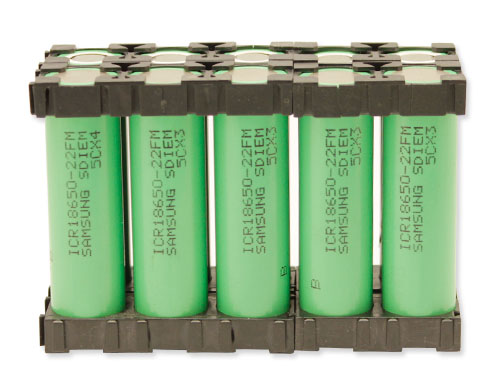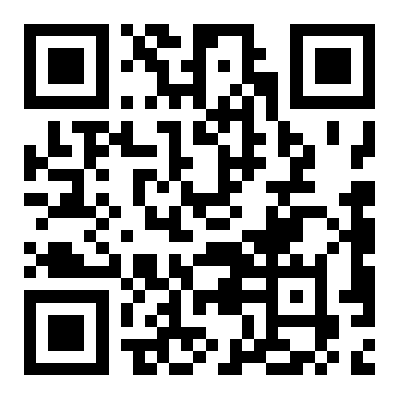With the development of science and technology of lithium batteries also have great progress, the scope of use is becoming more and more widely, but the structure of the lithium battery is divided into two categories: points, coiling and cascading. So the lithium battery structure is mainly composed of five large again, respectively is: the anode, cathode, electrolyte and the diaphragm, shell and electrode leads. So the lithium battery is divided into two kinds of is a kind of liquid lithium battery, is a kind of polymer lithium battery, including liquid lithium battery USES the winding structure, polymer lithium battery is both.
Coiling the anode diaphragm, diaphragm, anode diaphragm in turn away, when we all know that lithium battery rechargeable battery, but not all of the lithium battery can be recharged, below small make up to introduce for you:
1, lithium manganese dioxide battery (Li MnO2)
Lithium - manganese dioxide battery is a kind of anode for lithium, manganese dioxide as the cathode, and USES the organic electrolyte of disposable batteries. The main characteristics of the battery is high battery voltage, rated voltage is 3 v general alkaline batteries (2 times); Terminate discharge voltage is 2 v. Larger than the energy (see the example above); Discharge voltage stable and reliable; Has good storage performance (more than 3 years storage time), low self-discharge rate, self-discharge rate of 2% or less (years); Working temperature range - 20 ℃ ~ + 60 ℃.
The battery can be made into the shape of the different ways to meet different requirements, it has a rectangular, cylindrical and button (button). The diameter of the cylinder also has different size and height. Here, everyone is familiar with the # 1 # code size (D), 2 (C) size code and 5 # main parameters of the code (size AA) batteries. This button cell is often used in the clock, calculator, electronic notebook, camera, hearing AIDS, electronic game machine, IC card, standby power supply, etc.
2, lithium thionyl chloride - battery (Li SOCl2)
Lithium - thionyl chloride battery is the highest specific energy, the current can reach 500 wh/kg or 1000 wh/L levels. Its rated voltage is 3.6 V, at a moderate current discharge extremely flat 3.4 V discharge characteristics (flat can within the scope of 90% capacity to discharge, keep not change). Batteries can be in to 40 ℃ ~ + 85 ℃ within the scope of work, but when to 40 ℃ has a capacity of about 50% of the normal capacity. Low self-discharge rate, self-discharge rate of 1% or less), storage life for more than 10 years. Around a cylindrical or flat bar, the main represented by SANYO, TOSHIBA, SONY, ATL. Cascading to the positive, diaphragm, negative, diaphragm, the positive stacked like this way. All welding together lead to the anode, cathode and welded together to elicit, mainly represented by ATL.
At present the commonly used ones are lithium battery materials have acid lithium cobalt acid lithium, nickel and manganese acid lithium. With the most material is cobalt acid lithium, good cycle performance, manufacture is convenient, the disadvantage is that prices more expensive cobalt compounds. Because the properties of nickel acid lithium is not stable, manufacturing difficulty, usually use morer is doped with cobalt acid lithium nickel compounds, also known as nickel and cobalt acid lithium. Lithium manganese acid also is very good material, the attenuation of manganese acid lithium is faster at high temperatures, and many other reasons, is the most used in the laboratory stage.



